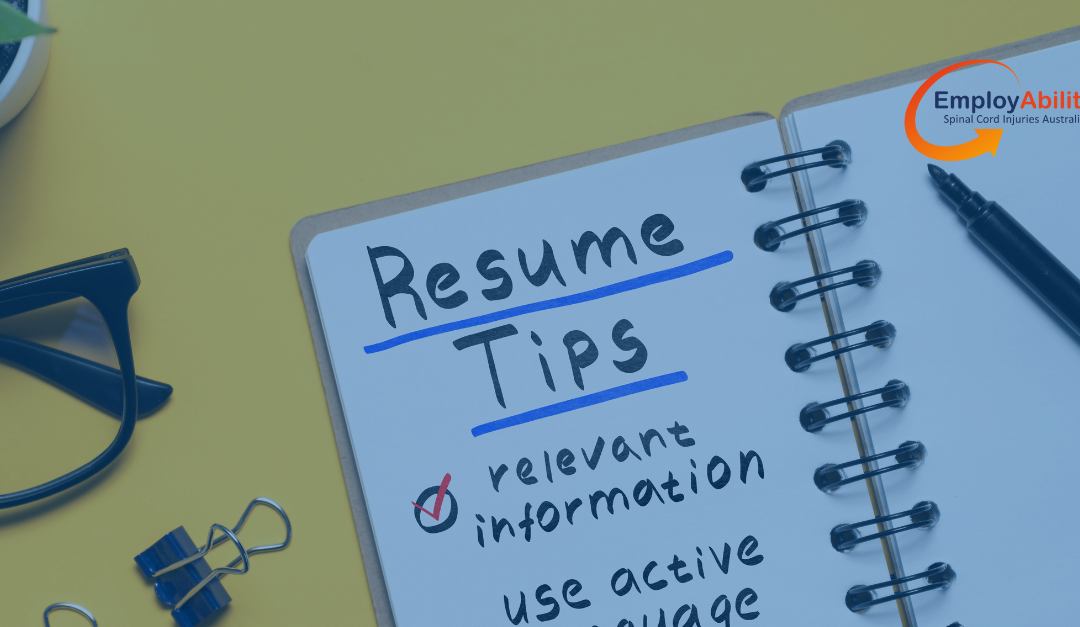For job seekers with disabilities, choosing the right resume format can be key to showcasing your strengths. A functional resume, also known as a skills-based resume, may be a powerful tool to highlight your abilities rather than your job history.
What is a Functional/Skills-Based Resume?
Unlike the traditional chronological resume, which focuses on work experience, a functional resume emphasises skills and competencies. It organises your accomplishments by skill categories, making it perfect for candidates who want to draw attention to what they can do rather than the gaps in their employment history.
What’s the Difference?
- Chronological Resume: Focuses on listing jobs in order of dates, highlighting your work history.
- Functional/Skills-Based Resume: Groups your skills and qualifications under relevant categories, placing less emphasis on dates and job titles.
Why Use a Functional Resume?
For candidates with disabilities, especially those with career gaps, limited work history, or who are transitioning to a new field, a functional resume allows you to:
- Emphasise strengths and transferable skills.
- Draw attention away from gaps or periods of unemployment.
- Focus on your qualifications, adaptability, and problem-solving abilities.
When Should You Use It?
- If you’re re-entering the workforce after a disability-related gap.
- If you’re changing careers or industries.
- If you have a strong skill set but limited job experience.
A functional resume helps you showcase your potential, proving that your skills are exactly what employers are looking for, regardless of your employment background.
If you are unsure which resume type of right for you, reach out to our employment coaches for help employabiliy@scia.org.au
#DisabilityEmployment #ResumeTips #JobSearch #Inclusion #SkillsResume #CareerAdvice

